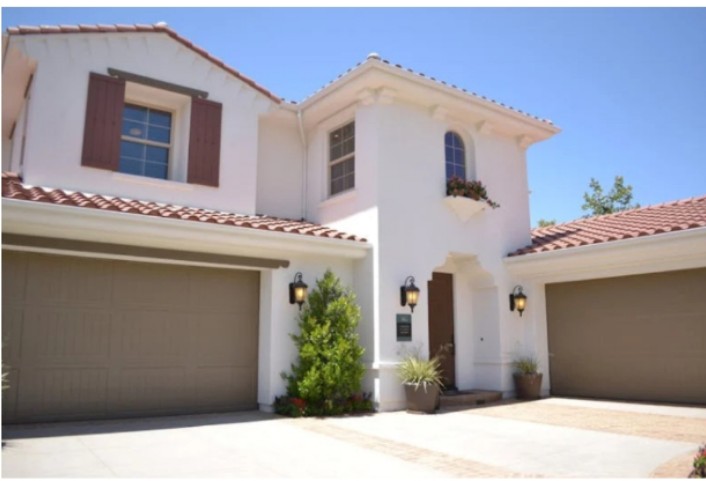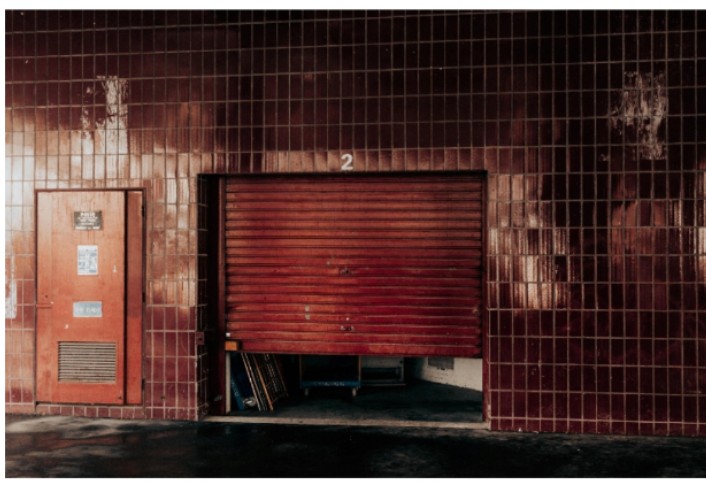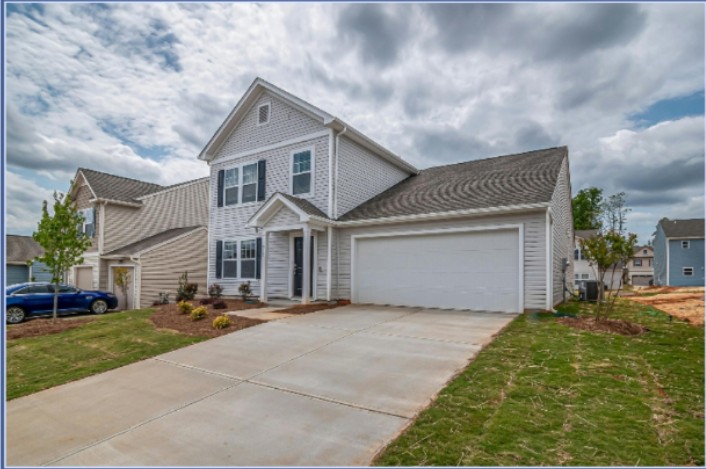From debris to unwanted noise to pests, a garage door that doesn’t close correctly is an annoyance for many. In addition, it can put valuables stored there at risk. Cracks can form in the top and bottom of the door and in the seals, and even though they’re not always visible, they’re problematic.
Thankfully, there are various steps you can take to seal your garage door gaps. Some can be initiated by you; others require the help of a professional.
In this guide, we offer five handy tips on fixing garage door side gaps. Read on to learn more.
Discovering Gaps in Your Garage Door

First, let’s learn more about pinpointing garage door gaps. After all, this is the first step in adjusting them.
Larger gaps, such as those at the base of your garage door, are often clearly visible. Smaller cracks, which tend to occur at the sides and the top, can be more of a challenge to identify. There are some telltale signs, these include:
- An influx of water or wind is seeping into your garage.
- Pests such as insects and mice are hiding out in your garage.
- Noises from outside are drifting into your garage or home. If your garage functions as a gym or a workspace, this excess sound can prove distracting.
A top tip? Turn the lights off during daylight and scan your garage door for cracks of sunlight. If you need help, you can invest in the best garage door repair specialists in your region. For example, if you reside in Santa Ana, scan all the garage door repair Santa Ana companies first and then choose the one that best suits your budget and needs.
Fixing Garage Door Gaps

There are many tips and tricks for fixing garage doors. These include the following:
1. Replace Rubber Trimming
Sometimes, garage door gaps stem from problems with the stops. This is the rubber trimming that runs along the garage door length. Now and again, a replacement is required. Alternatively, you can use caulk to fill the gaps, but this is only a short-term fix.
Garage door tracks that are out of line or bent can also result in side gaps. If the tracks aren’t straight, and a temporary fix isn’t available, invest in the help of a specialist technician. An expert will safely realign them, adjusting the gap in the garage door.
2. Restore Weatherstripping
If your garage door has gaps at the base, your weatherstripping is worn. This can happen over time. However, if left unattended, it can be a target for pests such as mice, who will chew through the door, making the problem much worse.
You can visit your local DIY store and install new weatherstripping or call an expert to help. If you decide to install it yourself, begin by measuring your garage’s base and double-checking your math to ensure the new product will fit perfectly.
The next step requires you to cut the weatherstripping to size. Once you have read the kit instructions, clean the base of the door before you begin. When applied correctly, it will compress to fit the gaps. In some cases, you may need to nail or screw the weatherstripping in place. To prevent rust, use galvanized or aluminum fastenings.
If a door sweep doesn’t fix the problem, your garage door panel could be sagging. This will mean purchasing a new panel or an entirely new door.
3. Replace the Threshold Seal

A threshold seal is another top tip to embrace. It can help to fill the gap between the floor and the door. Instead of fixing to the door, it fixes to the floor instead.
Despite being able to stand alone, it’s more likely to fix the problem when paired with a bottom seal. Manufactured from durable rubber, this option lasts longer than weatherstripping. In addition, vehicles can drive over it without causing damage.
If you live on a slope or your garage door meets the ground asymmetrically, this seal keeps unwanted water at bay.
To fix a threshold seal, clean the floor and mark the area where you want to fit the seal with a permanent marker or chalk. Before applying the seal, wipe down the base. In a zig-zag shape, place construction adhesive along the seal’s center. Follow this with two lines along the edges. Position the seal and press it gently into the adhesive. For best results, let it cure for 24 hours.
4. V-Type Seals
V-type seals are a great option to ensure the utmost weatherproofing. These are best suited to more wood or older garage doors, especially those featuring flat-panel edges. In addition to measuring the width of your garage door, count the number of panels before fitting. Cut the seals to fit, peeling off the backing as you go.
5. Brush Seals
Instead of boasting solid rubber, these seals boast durable and flexible brushes. They’re best suited to the top of your garage door but can be installed on the sides. Furthermore, they protect the gap when the garage door bends.
To fit, attach adhesive tape to the track. Then, press firmly onto your garage’s frame. Follow with a second piece, feeding the brush into the track.
The Bottom Line
The majority of us own homes with garages. In fact, to put this into perspective, the garage door industry in North America brings in an average of $5 billion per annum.
Moisture from heavy rainfall and snow can cause irreparable damage to any items you have stored in your garage. It can even affect the structure, lower the temperature, and heighten utility bills. In addition, pests and excess noise can disrupt your garage space, damping items stored there.
To prevent any of these issues from occurring, you must fix the gaps in your garage. This is easily done when you follow the above tips or invest in the help of a specialist.


